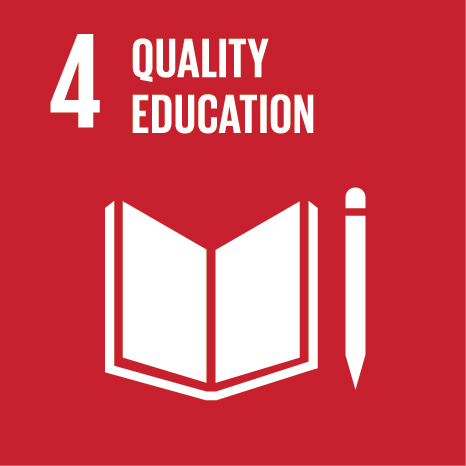Preschool children’s social and non-social play behaviors: the role of siblings and temperament
Event Title
Society for Research in Child Development (SRCD) 2020 Special Topic Meeting: Learning Through Play and Imagination (Conference canceled)
Year (definitive publication)
2020
Language
English
Country
United States of America
More Information
Web of Science®
This publication is not indexed in Web of Science®
Scopus
This publication is not indexed in Scopus
Google Scholar
This publication is not indexed in Overton
Abstract
Social play involves children’s ability to interact with peers beyond simply playing alongside, including behaviors like cooperation, imaginary play or interactive turn-taking. Non-social play is defined as the consistent presentation (over time and in different contexts) of solitary behaviors and activities in the presence of potential play partners (Coplan et al., 2015). Interaction with peers, and Social play are central for the acquisition and development of skills and abilities basis for the socio-emotional development, children with difficulties in engaging in social play may be at risk for social-emotional difficulties. Therefor being able to identify early difficulties in this domain should be a priority in early education. The aim of this study was to analyze children’s (3-5 years of age) social and non-social play behaviors, particularly, Reticent behaviors described by their pre-school teachers, and to test children’s characteristics and siblings as predictors of play quality.
Participants - 243 children, their mothers and teachers participated in the study. Children were on average 53.60 (DP=11.50), 121 were girls. 150 had siblings and spent an average of 8.12 hours in daycare centers (DP=1.15). Father’s were on average 38.08 years (DP=4.91), with 52% of the fathers having primary to high school education and 48% a University degree. Mothers were on average 36.13 years of age (DP=4.37), with 34.5% having primary to high school education and 65.4% a University degree). All parents were living together, and both worked full time.
Instruments/Procedures - Mothers reported on children’s temperament using the The Children's Behavior Questionnaire (Putnam & Rothbar, 2006, short version; Franklin et al., 2003) and Preschool Teachers reported on the social and non-social behaviors using The Preschool Play Behavior Scale (PPBS, Coplan & Rubin, 1998; Monteiro et al., 2017). All the 62 teachers had a University degree in Early Education.
Results - Preliminary analyses showed that the variance explained by the two predictor blocks (1 - Child’s age, sex, siblings, 2 - children’s temperament) was statistically significant for Reticent Play (F(6,241)=4.45, p<.001, DR2=.03), and Social Play (F(6,241)=6.00, p<.001, DR2=.04). For Reticent Play, Child’s Age (b=-.02, p<.01), the existence of siblings (b=.-27, p<.05), and Extroverted Temperament (b=-.16,p<.05) were significant predictors. For Social Play, Child’s Age (b=.02, p<.001), Extroverted Temperament (b=.18, p<.05), and Effortful Control Temperament (b=.26, p<.05) were significant predictors. The results will be examined in terms of the different contributions of children’s characteristics and the role of siblings in the development of play behaviors.
Acknowledgements
--
Keywords
Fields of Science and Technology Classification
- Psychology - Social Sciences
Funding Records
| Funding Reference | Funding Entity |
|---|---|
| SFRH/BD/138705/2018 | FCT |
Contributions to the Sustainable Development Goals of the United Nations
With the objective to increase the research activity directed towards the achievement of the United Nations 2030 Sustainable Development Goals, the possibility of associating scientific publications with the Sustainable Development Goals is now available in Ciência_Iscte. These are the Sustainable Development Goals identified by the author(s) for this publication. For more detailed information on the Sustainable Development Goals, click here.

 Português
Português


